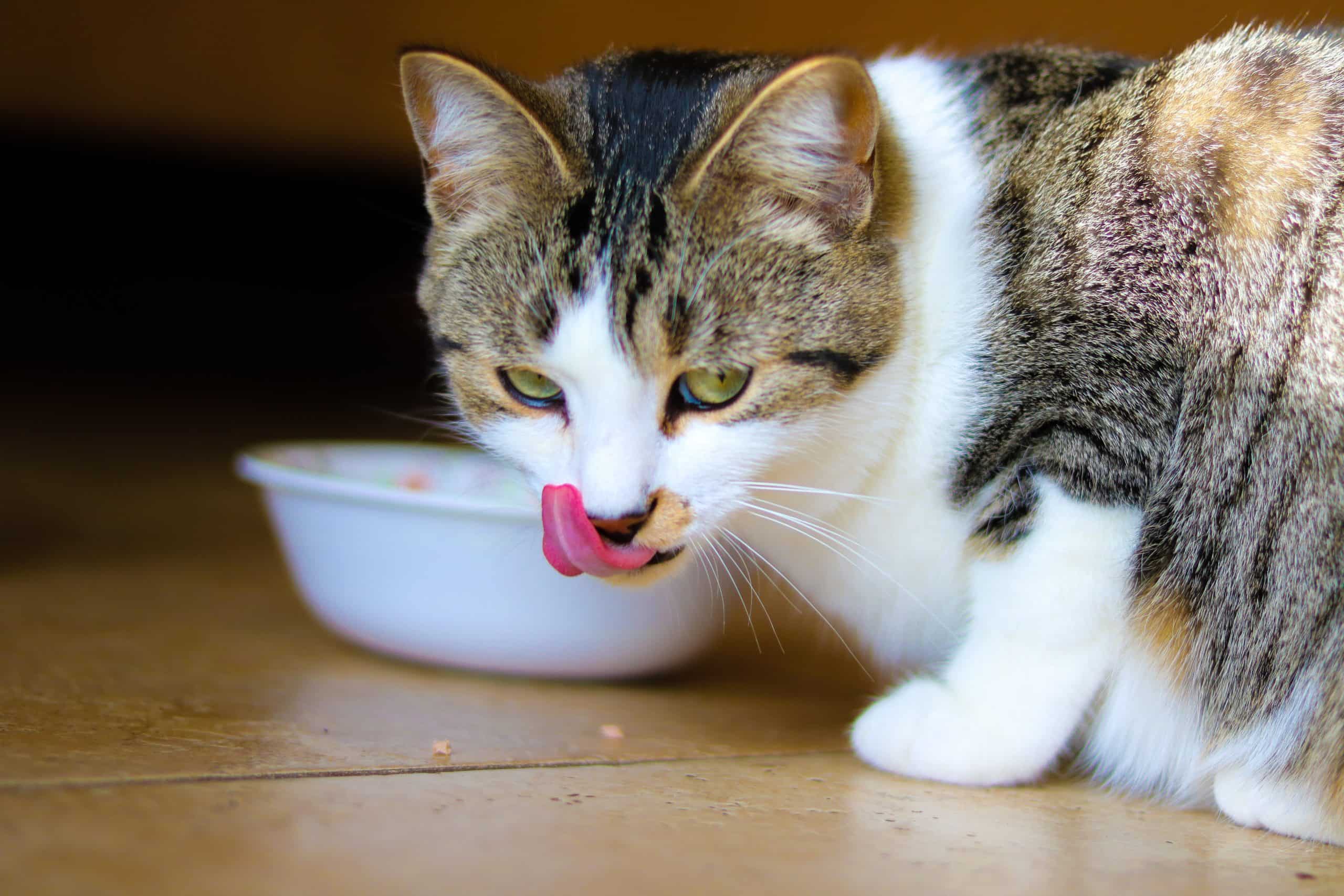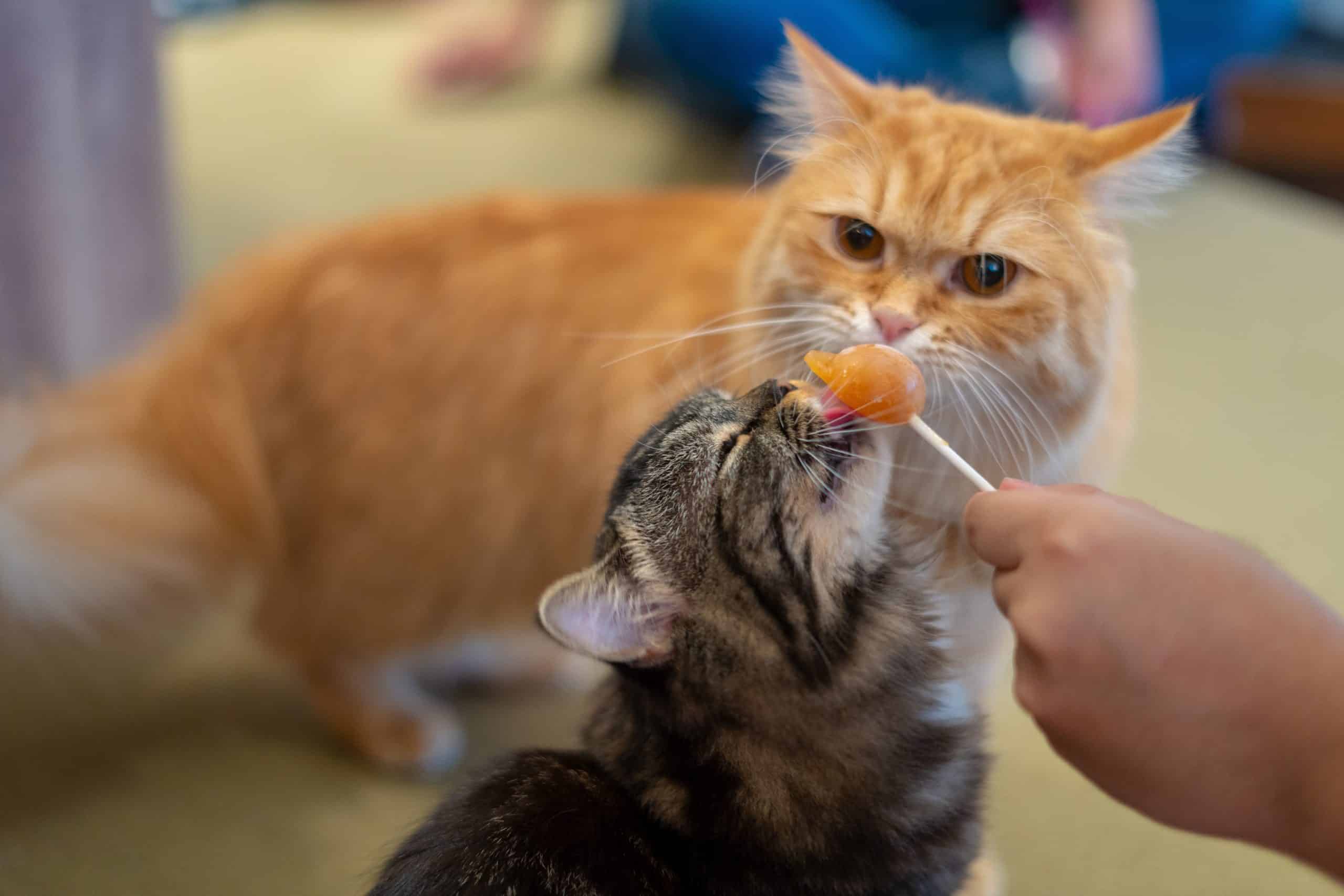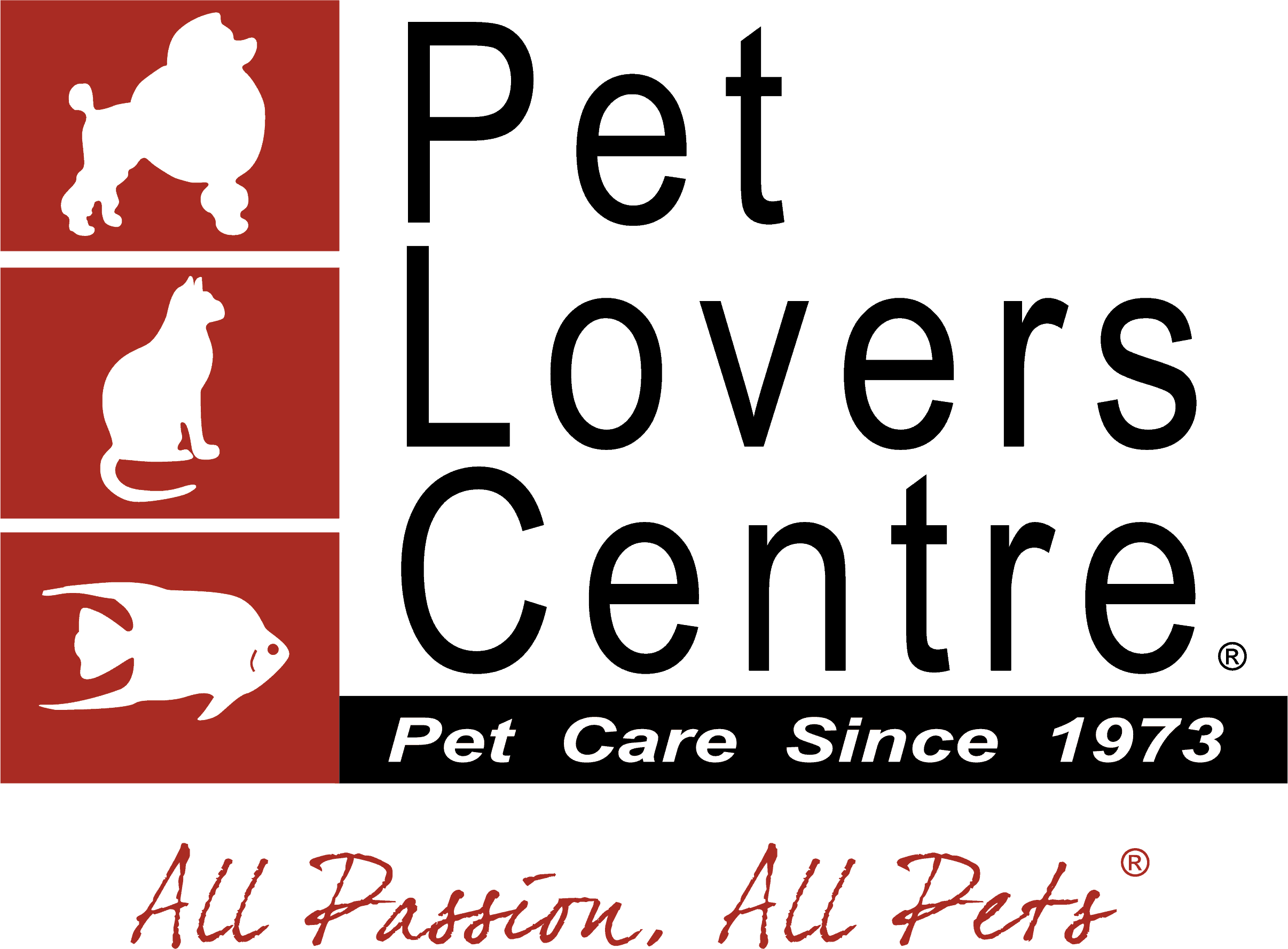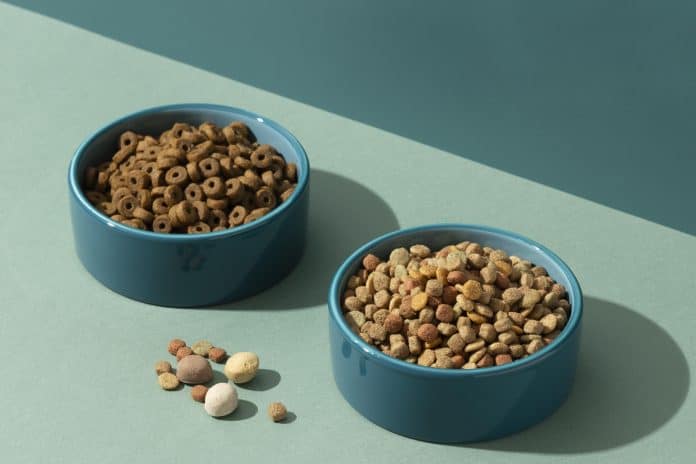To live a long, healthy life, your cat needs proper nutrition. Here are some things to consider when selecting an appropriate diet for your cat.
- Necessary nutrients
Cats are obligate carnivores, which means they rely on nutrients found only in animal products.
Cats evolved as hunters who consumed prey with high protein, moderate fat, and low carbohydrate content; these general proportions are still needed in their diet today. More than a dozen additional nutrients, such as vitamins, minerals, fatty acids, and amino acids, are also necessary for cats.
Although your cat needs a certain amount of each nutrient to be healthy, more is not always better. The use of supplements is typically not necessary if you are feeding a balanced and complete diet, especially in the case of vitamins and minerals. Supplements should never be given to your cat without a veterinarian’s approval because they may harm it. Water that is fresh and clean should always be available to cats.
- Types of commercial cat food
Commercial cat food is formulated as dry, semi-moist, and canned. These products differ in water content, protein level, caloric density, palatability, and digestibility.
Water content in dry food ranges from 6–10%. Depending on the formulation, a combination of components is extruded into bite-sized pieces, dried, and then cut into smaller pieces. Ingredients could consist of:
- meat and/or meat byproducts
- poultry and/or poultry byproducts
- grain and/or grain byproducts
- fish meal
- fibre sources
- milk products
- vitamin and mineral supplements
The pieces of dry food are often then coated with flavour enhancers, such as animal fat, to make the food more appetizing.
Dry cat food is reasonably priced and gives owners the ease of “free choice” feeding because it doesn’t dry out. However, compared to moist or semi-moist food, dry food may be less appetising to cats, and depending on the types and quality of the components, it may also be less digestible.
If you do use dry food, it’s crucial to keep any leftovers in a cold, dry place and to avoid consuming them after their expiration date. Checking the expiration date before feeding is advised because owners sometimes purchase huge quantities of dry food that can occasionally be stored for months. Storing food for a long period of time decreases the activity and potency of many vitamins and increases the likelihood that fats will become rancid. It’s a good idea to store dry cat food in an airtight container to help prevent nutrient deterioration and maintain flavour.
The main components of semi-moist food, which has a moisture content of about 35%, are meat and meat byproducts. The finished product also contains other ingredients such as soybean meal, cereals, grain byproducts, and preservatives. Semi-moist food typically has a moderate price. Some cats may find semi-moist meals more enticing than dry cat food, and they can be offered semi-moist foods at will. However, once the packaging is opened, the food may begin to dry up, lose its flavour, or turn rotten.
3. Canned food

A good dietary source of water, canned cat food has a moisture content of at least 75%. Although it is typically the most expensive kind of cat food, the majority of cats find it to be quite appetizing. There are numerous options, which is advantageous if your cat is a picky eater. Unopened canned food has the longest shelf life, but any unused canned cat food that has been opened should be refrigerated to preserve quality and stop deterioration.
- Choosing a food
The most efficient method to compare cat meals is to read the nutrition information on food packaging. The labels of pet food packages must include specific nutritional information. Through several life stages, a cat’s nutritional needs to change. These stages include kittenhood, adulthood, pregnancy, and lactation. The nutritional claim on the cat food label should state the stage of a cat’s life cycle for which the food is complete and balanced.
Some cat foods are formulated for all life stages, which can simplify the selection process for owners with multiple cats of different ages. Reading the ingredients list is crucial when picking cat food. The things are listed in decreasing proportional weight order. Look for foods in which meat, meat byproducts, or seafood are listed among the first few ingredients, as this indicates the food probably contains enough animal-source ingredients to supply essential amino acids and fatty acids.
Once you have determined that food is complete and balanced, choosing between the types of food may be a matter of what your cat prefers. Some cats like canned food, some like dry food, and some like a combination of the two. Choose the ones that work best for your cat.
- Treats

While giving your cat an occasional treat is not generally harmful, they are usually not a nutritionally complete and balanced source of nutrition and should only be fed occasionally. A good rule of thumb is not to let treats exceed 10 to 15 per cent of a cat’s daily caloric intake. In addition, some foods should be avoided completely. Even though raw meat is a fantastic source of many nutrients, it is not suggested for use as cat food or treats.
- Other considerations
Cats can be picky about where they eat. Keep in mind that high-traffic areas, noise, the presence of other animals, dirty food containers, or nearby litter boxes can deter a cat from eating. Try to be sensitive to your cat’s eating behavior and make necessary adjustments. Maintaining a healthy weight is another important consideration. The amount of food cats require to avoid becoming overweight or underweight varies greatly. Obesity is the most common nutrition-related problem in cats and makes them susceptible to a number of health problems.
As the phrase goes, “you are what you eat,” and our feline pals are no exception. It’s simple: If your cat eats a high-quality, balanced and age-appropriate diet, they’re going to live longer. Specifically what that diet includes will vary from cat to cat based on lifestyle and specific health needs.
Shop our most popular cat food here or shop at your nearest Pet Lovers Centre outlet!
- Applaws Cat Food
- burp! Cat Food
- fish4cats Cat Food
- Applaws Chicken Breast with pumpkin
- Canagan Cat Food
- BURP! Tuna Whole Meat with Shirasu in Jelly
- Meowing Heads Cat Food



